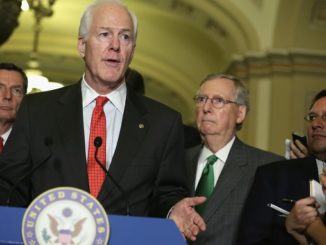
As Europe tries to reduce its dependency on Russian fossil fuels and to get rid of them, European Commission President Ursula von der Leyen and US President Joe Biden announced on the joint press conference on Friday signing an LNG deal.
In line with the deal, the United States will strive to supply 15 cm of additional liquefied natural gas (LNG) to EU markets this year to help the EU break away from Russian fossil fuel supplies.
According to a factsheet provided by the White House, the EC will also work with EU member countries to ensure they are able to receive about 50 bcm of additional LNG until at least 2030, including LNG terminals, infrastructure, and improving gas storage.
According to Von der Leyen, European efforts also include investment in renewables so the new deal with the US envisages the formation of an energy task force to help increase renewable energy and energy efficiency while reducing Europe’s reliance on Russian fossil fuels.
However, environmental groups like NGO Global Witness blasted the plan, calling it a misguided and dangerous fast-tracking new infrastructure for importing fossil gas into Europe.
Stressing that the EU already has enough capacity to import the gas US intends to supply, Murray Worth, gas campaign leader at Global Witness, warned that building new import terminals would mean locking in fossil gas imports for years.
He instead stresses that the EU should focus on improving building renovation, heat pumps, and renewable energy sources as well as on its energy investments.
According to the European Commission, Europe has imported about 45% of its total gas supply, or 155 bcm, in 2021 from Russia but faced with the war in Ukraine and the skyrocketing prices of the gas, Europe is now trying working to break away from this reliance as soon as possible.
Biden explained that the US and the EU will take concrete measures to reduce dependence on natural gas and to maximize the availability and use of renewable energy while accelerating the progress towards a secure, clean energy future.
Analysts argue that since US LNG plants are already producing at full capacity, most of the additional gas promised to Europe would have to come from exports planned for other parts of the world.




Be the first to comment